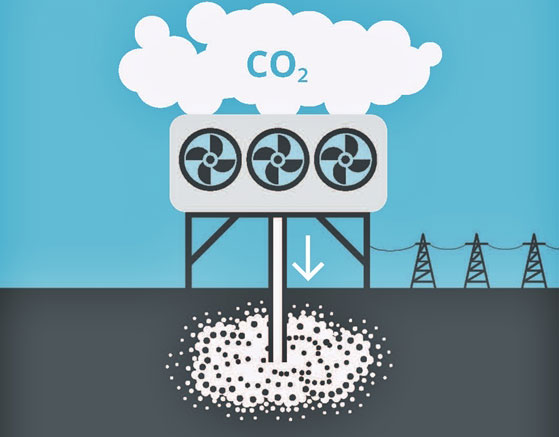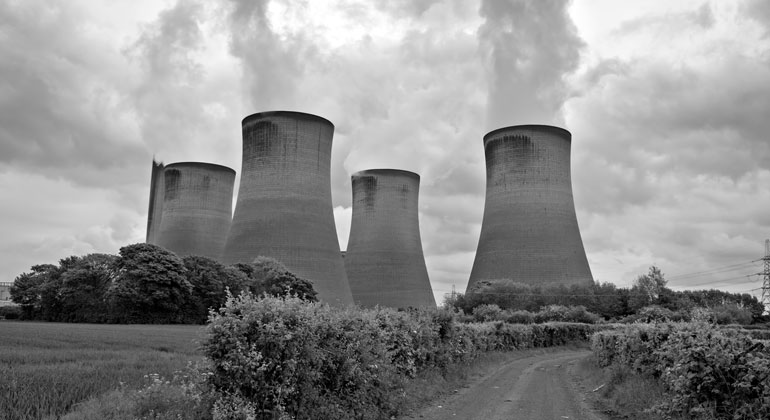Capturing and storing CO2: Five technologies on the way to net zero
If Switzerland wants to achieve its goal of zero net greenhouse gas emissions by 2050, it will have to rely on the use of negative emission technologies (NET), i.e. processes that remove CO2 from the atmosphere and store it for the long term.
Although NETs can – in principle – help achieve climate targets, much is still unclear at present. This is because some of these processes are still untested in practice, technically complex, costly or cannot be used on a large scale for the time being. In addition, many people know little about both the possibilities and the limitations of NET. On behalf of TA-SWISS, researchers from the Öko-Institut and Empa therefore evaluated five NETs that are relevant for Switzerland, with the involvement of other experts. The results showed that a single process is not sufficient; all NETs are needed. In addition, the reduction of CO2 emissions must remain central. After all, it is cheaper to avoid emissions than to subsequently remove CO2 from the air.

The TA-Swiss study aims to inform politicians and the public about the opportunities, limits and risks of various methods for CO2 removal and storage. Aspects such as feasibility, climate effectiveness, costs, resource consumption and impact on the environment and population were considered.
The five technologies are:
- the storage of CO2 as biomass in forests and the use of wood
- storage in the form of humus in the soil and the use of plant carbon
- capture and storage of CO2 during biomass combustion (BECCS)
- the extraction from the air and storage (DACCS)
- the accelerated weathering of demolition concrete and rock (carbonation)
Each of the five NETs was evaluated based on the current state of knowledge and with the help of expert interviews. Possible opportunities, risks, synergy effects and conflicts were identified and considered from a systems perspective. Based on this, general and specific technology-related options for action and recommendations were derived and reflected on together with selected stakeholders.
The main general recommendations of the study are:
- In order for NET’s contribution to the net zero target to be implemented in an environmentally and socially compatible manner, policy-makers and society should address the issue at an early stage. In particular, this requires that the public be involved in shaping the conditions of NET deployment by means of fact-based and comprehensible information.
- An overarching strategy is needed for the use of limited resources, such as renewable energy, water, biomass and soil, and for financing the development and implementation of NET.
- Further research is needed to determine the potential of different technologies.
- It must be possible to record the amount of CO2 removed from the atmosphere in the long term in a transparent and simple way to provide a reliable assessment framework and avoid counting the same CO2 more than once.
- The minimum period of CO2 fixation from which a technology or NET project is recognized in terms of the climate strategy should be reflected.
- NET can be used to achieve the net zero target only as a complement to the priority reduction of GHG emissions. Therefore, it is important that separate targets apply to CO2 emissions reduction and CO2 removal.
- Switzerland currently has a pioneering role in the development of NET. This competitive advantage should be further strengthened with the promotion of relevant research and development, as well as demonstration projects.
The study
- The study “Opportunities and Risks of Methods for Removing and Storing CO2 from the Atmosphere” is published by vdf-Verlag and is available in bookshops. It is also available as a free e-book in open access: https://www.vdf.ch
- The TA-Swiss abstract and further information on the project can be found on the project website: https://www.ta-swiss.ch/technologien-fuer-negativemmissionen








